Reflections of Desolation:
A View From My Window
Fellowship by British Council UK with Tara Theatre, and Britto Arts Trust, 2022
Dead space brought me here years ago! Your future, the future of our race, terminates here. A strange sensation calls me to an unconscious vision a panorama of devastation seen through the small aperture of my apartment. This city birthed me, raised me, continues to embrace me. Memories flicker like
fragmented dreams. Each day, I search this metropolis with weary eyes, longing for faces I can never find. My emotionless body, bathed in toxic air and engulfed by mechanical cacophony, contemplates the eventual unraveling of this utopia and my reaction to its end. Sometimes, I imagine this city as an
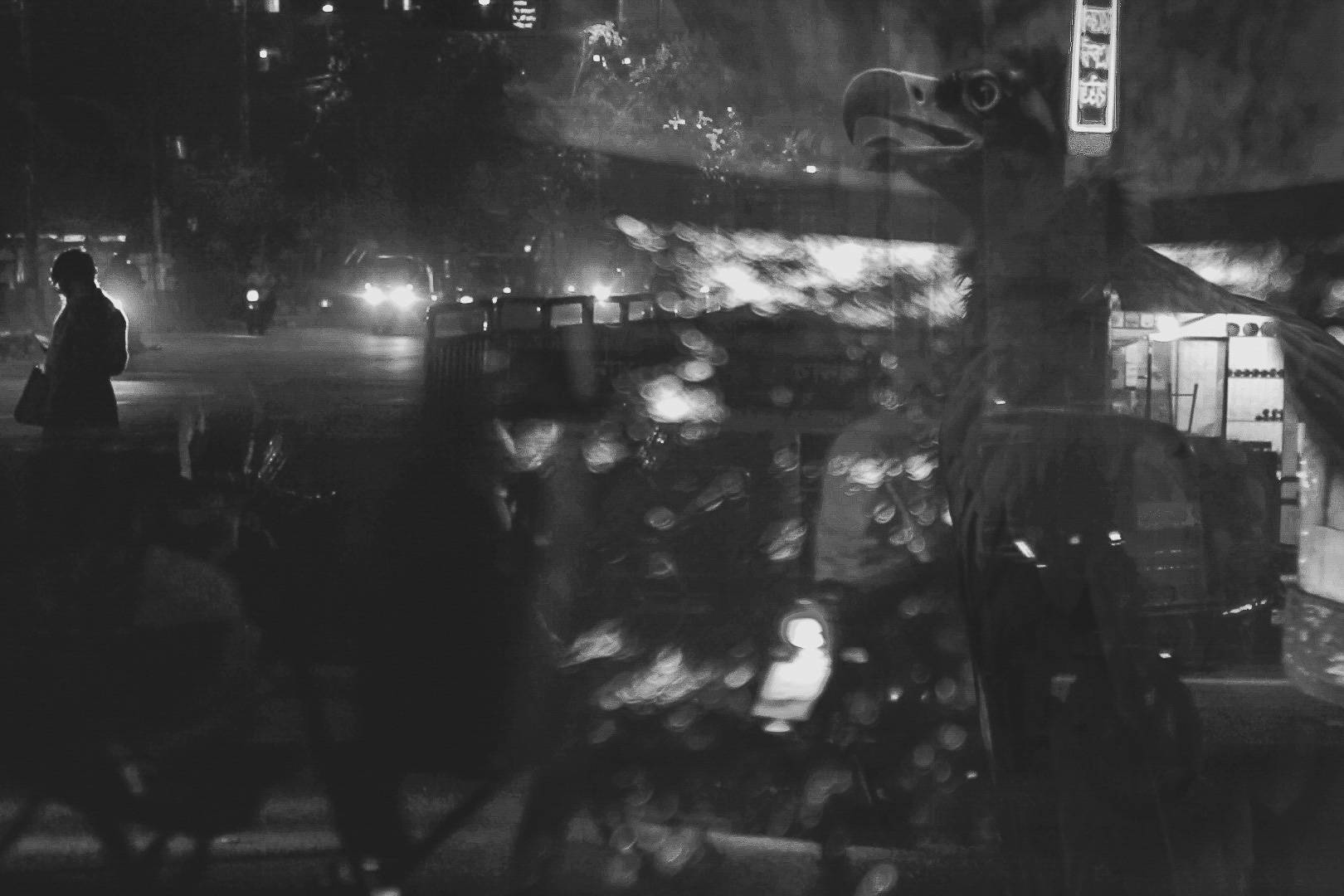
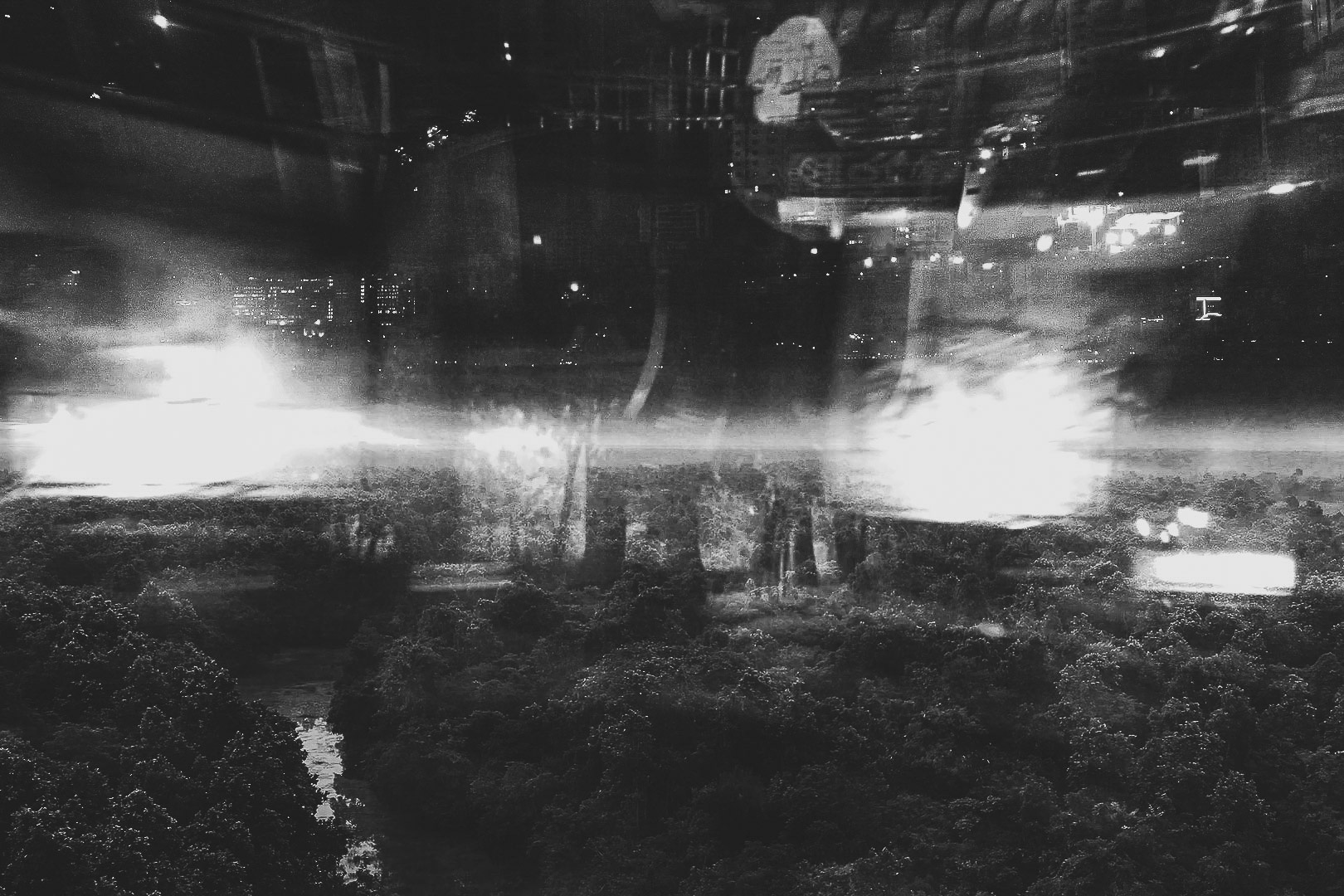
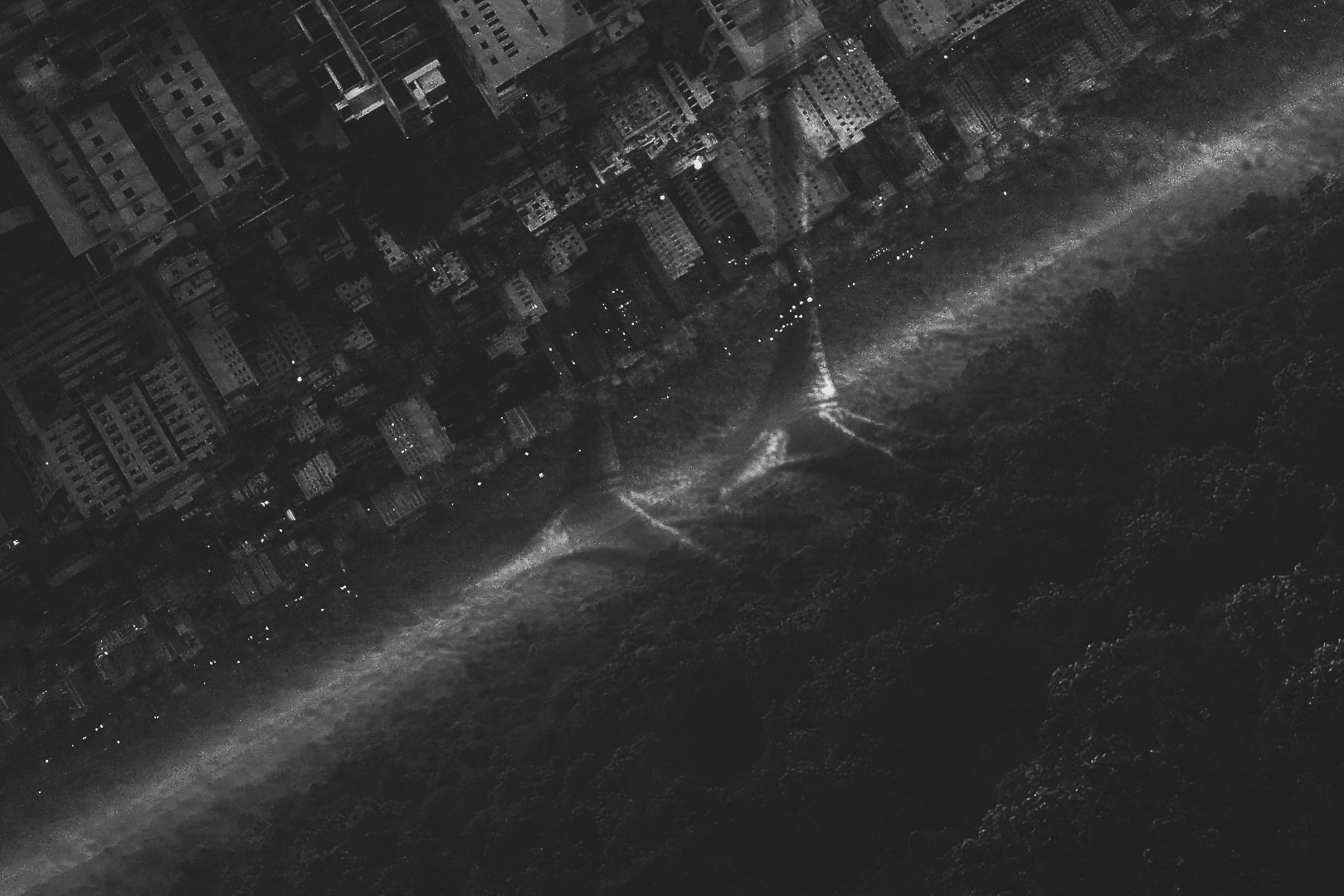



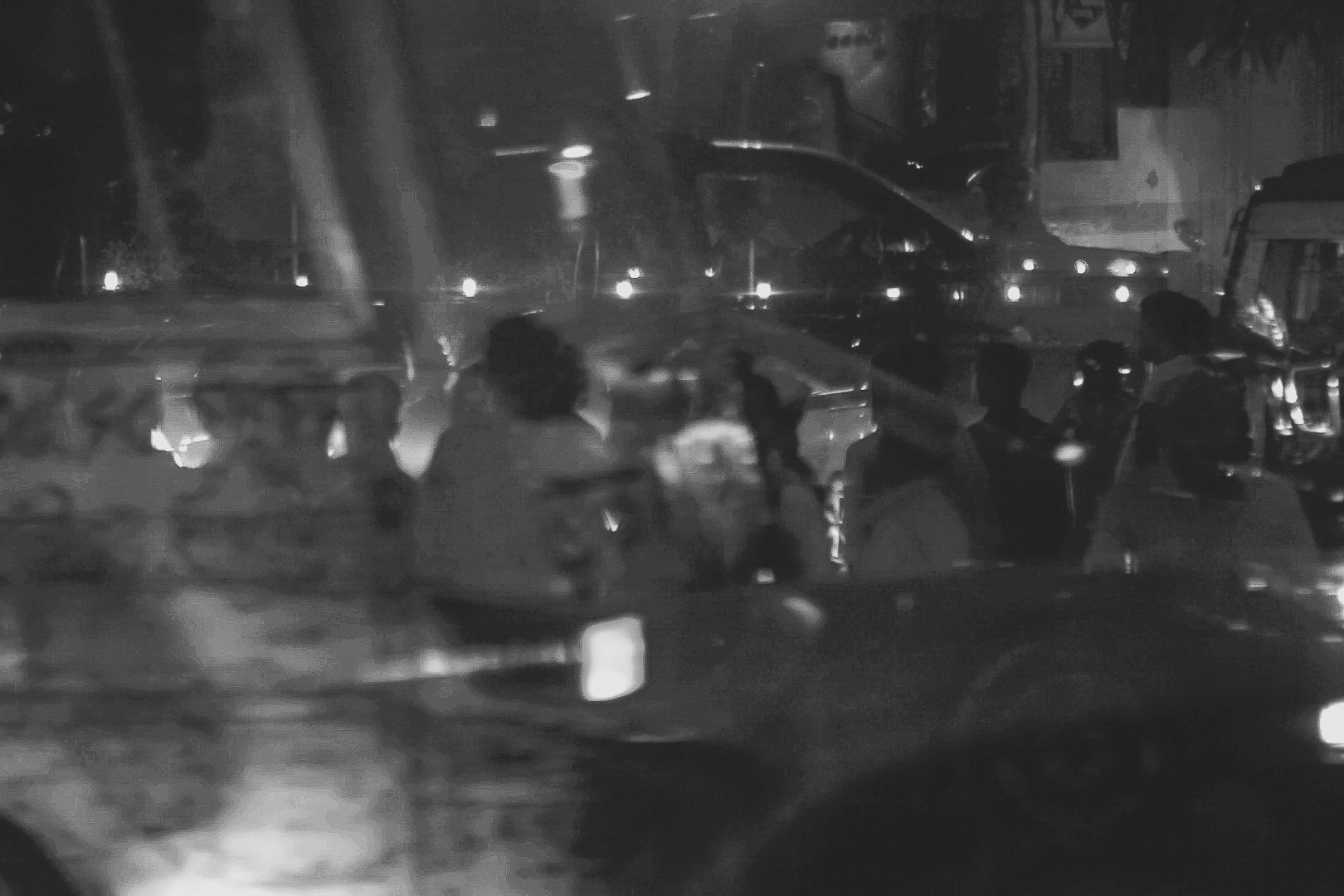
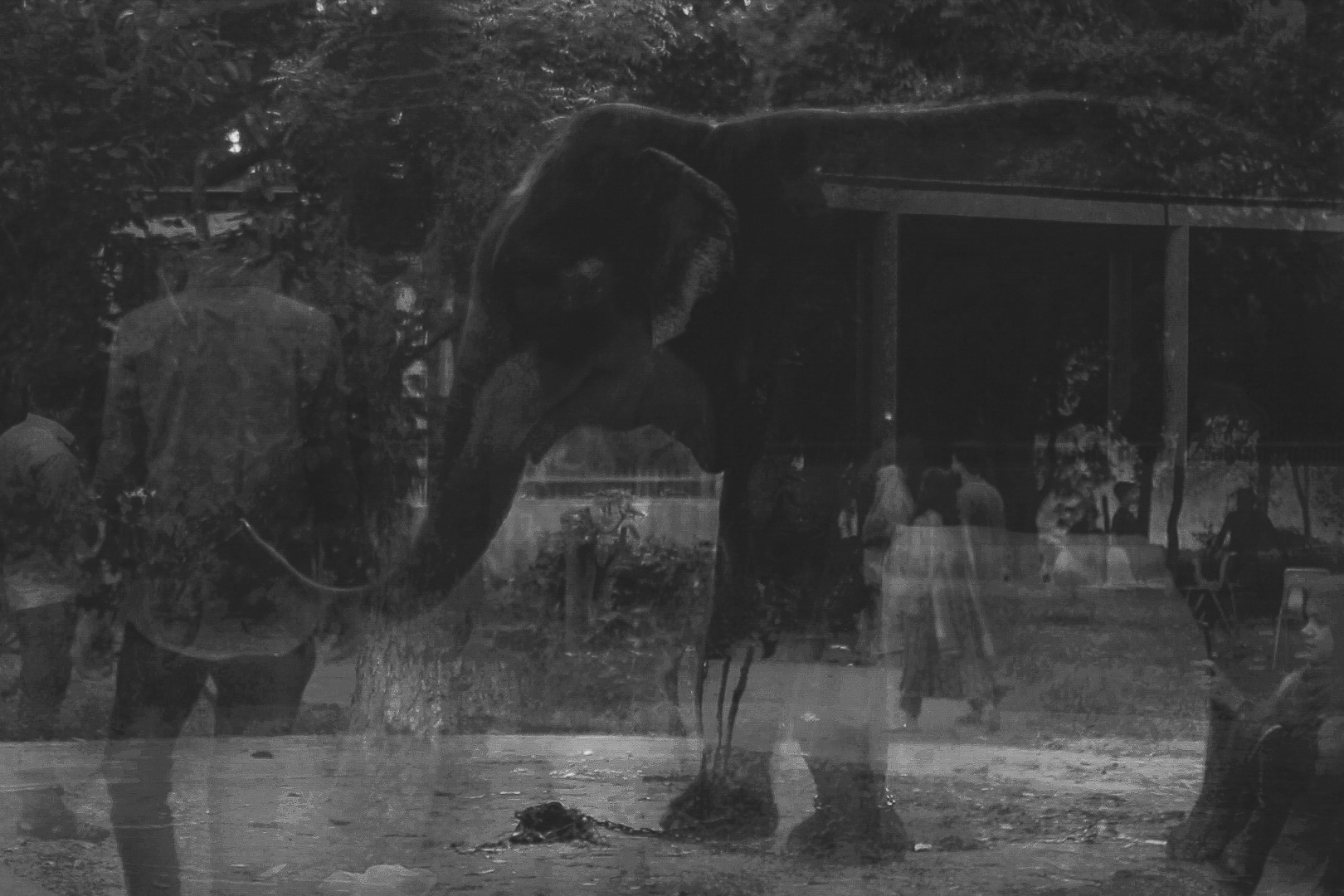
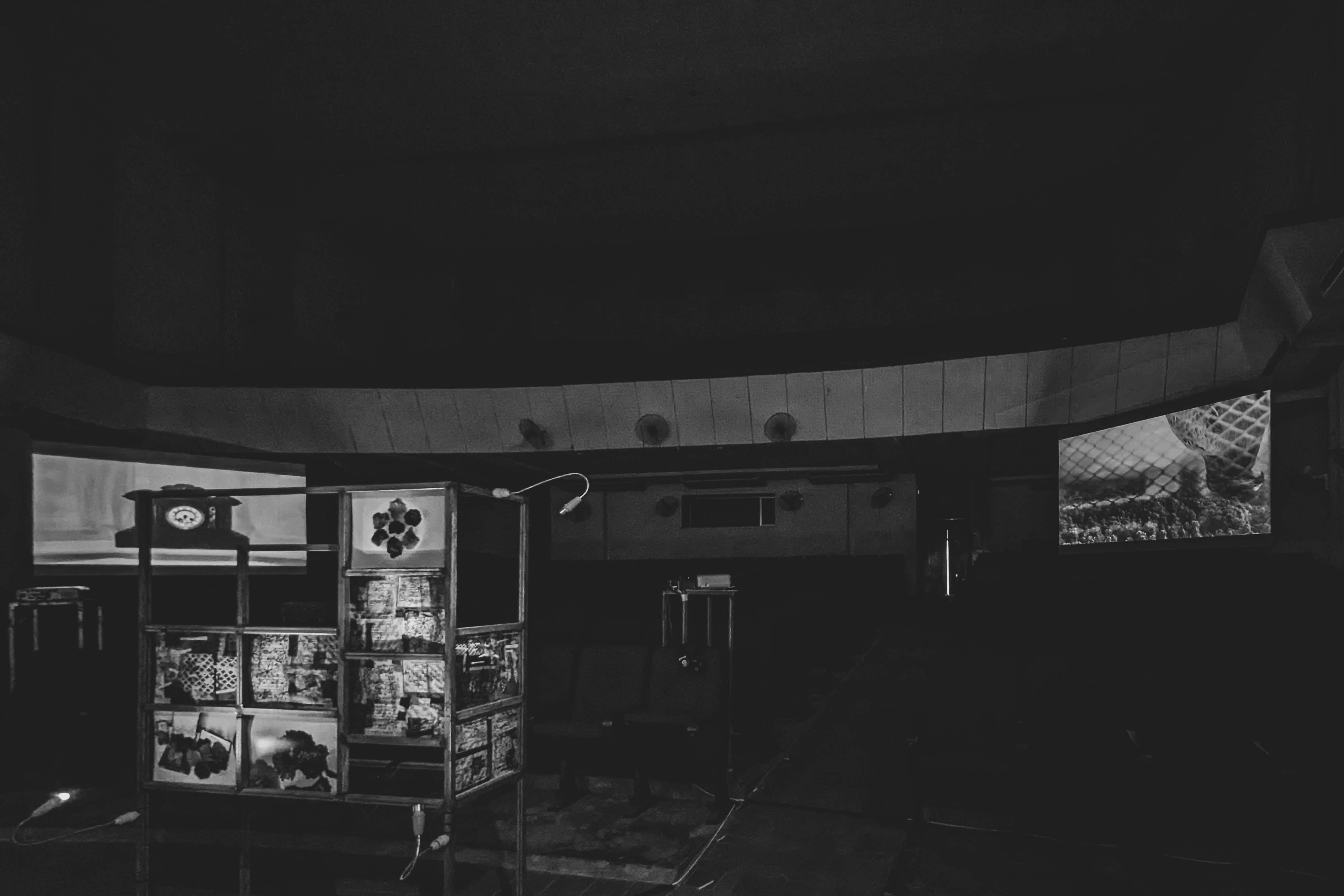
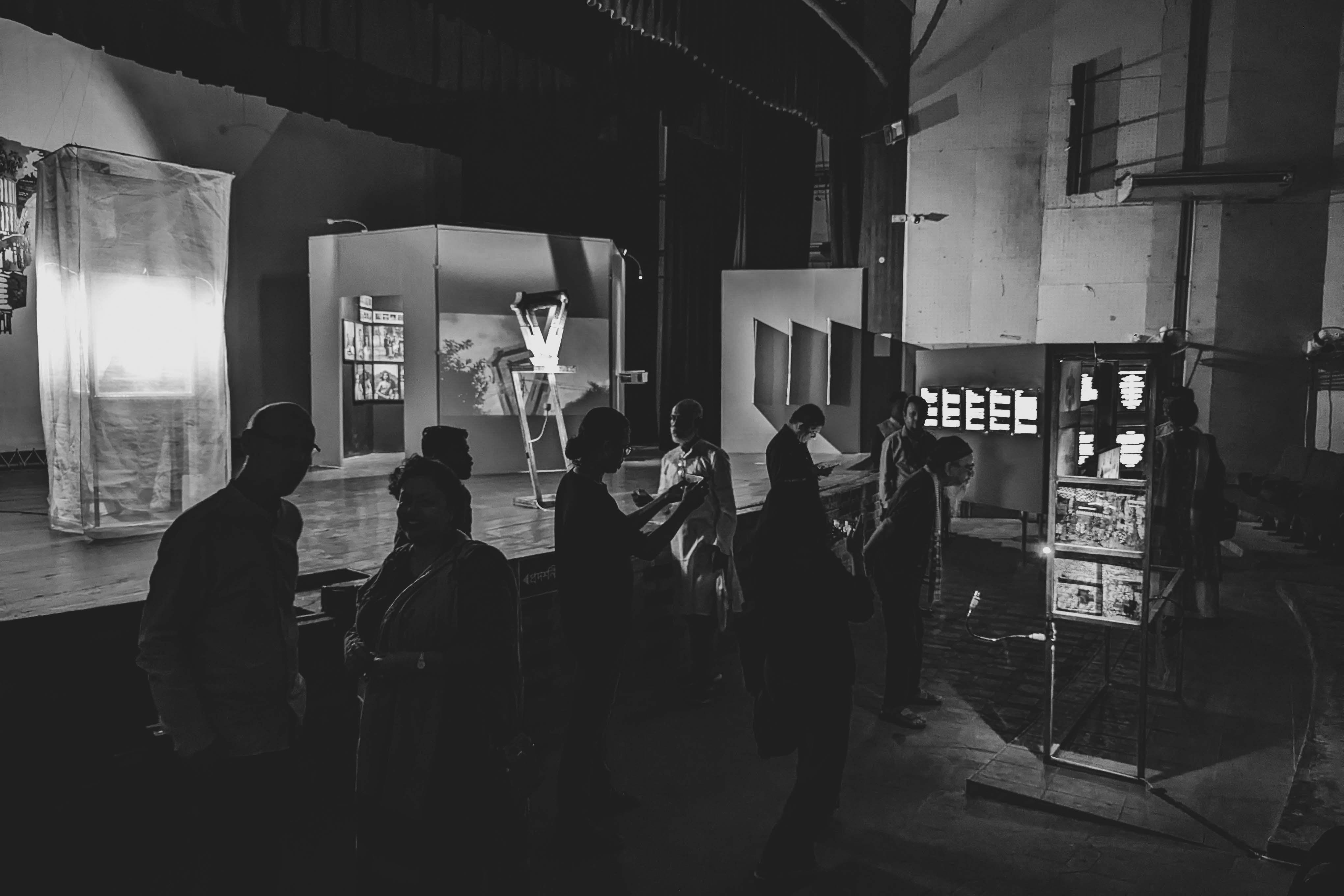
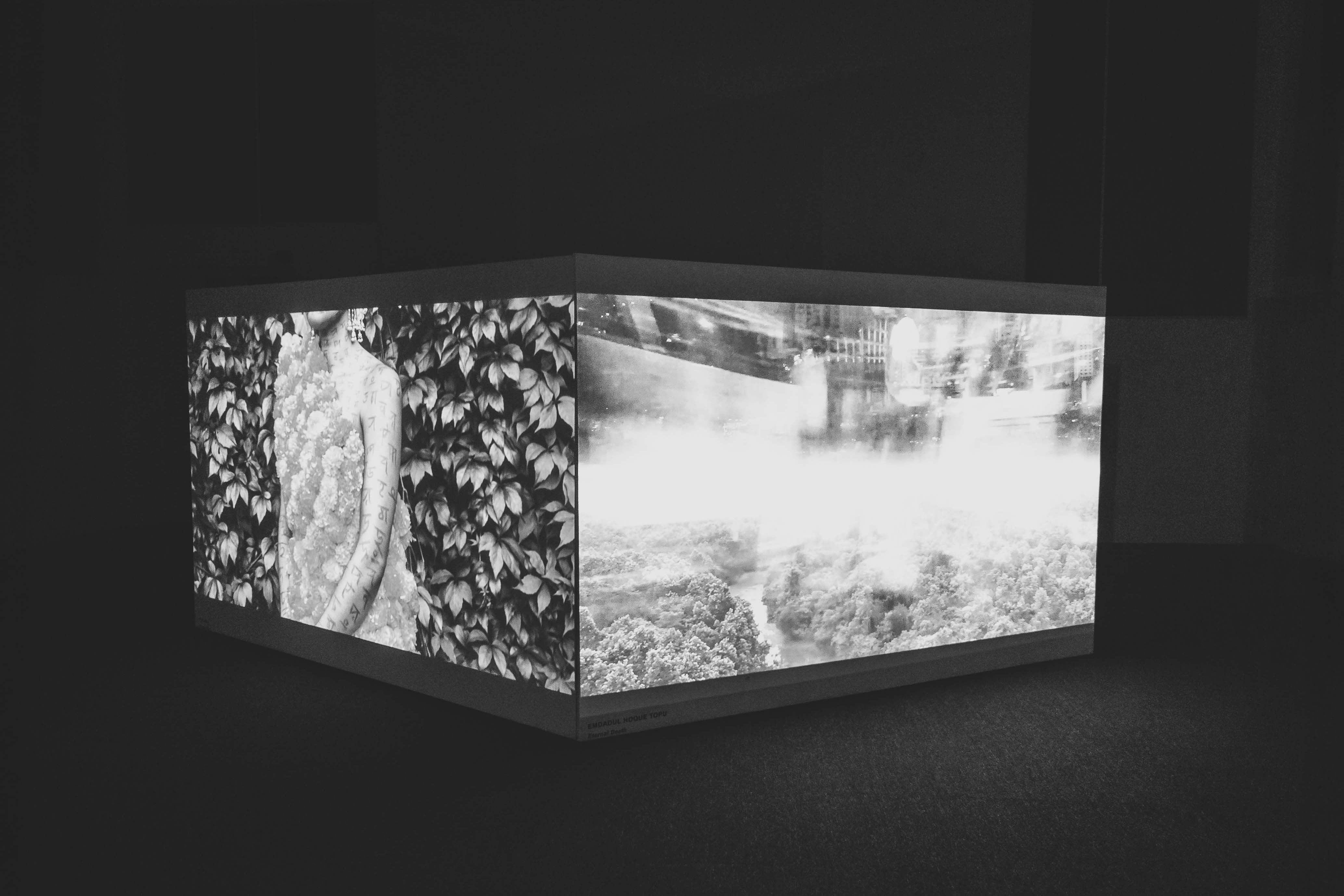
endless labyrinth, its inhabitants half-human, half-machine. Roads, buildings, vehicles, advertisements everything blurs into monotony, routines played out in perpetual sameness. What compels us to live this urban masquerade? Can I ever comprehend the surplus value of this mise en scène? Ancestral genealogy guides the citizens to enact ritualistic behaviors, maintaining the rules of construction sites, factory floors, corporate hierarchies, and constitutions. In my city, there are no traffic lights; instead, we communicate with mechanical voices, LED lights, ATMs, and mobile apps. Human interaction is obsolete; we do not converse with seasons, trees, birds, or non-human life forms. Our consumer industries have solved our daily struggles. Yet, I wonder how raindrops vanish on this concrete surface, erasing traces of rejected materials. Here, in this metropolis, earth, water, and air are strangers to me. Despite the rigid constructs of our lives, we exist like non-human entities. Those who adapt survive amidst the hydraulic horns, artificial lights, and mind-controlling visuals of advertisements. But can we pause to reflect on the relevance of an ad for a new apartment or the latest iPhone when reading about a riverboat accident that claimed over a hundred lives? Who designs our behavior amidst these technological conveniences? At midnight, the scent of death lingers in the air. The city’s layers whisper of mortality, traditions, rituals, and beliefs, where reality is intertwined with countless corpses. Faith in the afterlife offers solace, but the inanimate elements—air, smoke, ashes, water, earth—never lie. They reveal the true essence of life, death, and belief.This audio-visual project aims to capture the media elements of nature in this post-Anthropocene era. Through my recording devices, I observe the interplay of earth, air, water, humans, and non-human life. My journey weaves a narrative between metropolis and forest, using partially mirrored glasses to explore Foucault’s concept of heterotopia. The phantasmal effects of contemporary media keep us distracted, yet I aspire to create a political statement on the environmental crisis through a symposia on nature’s elements. My skeptical lens scrutinizes our utopian ideals, problematic lifestyles, and the poetic experience of living in a human time.